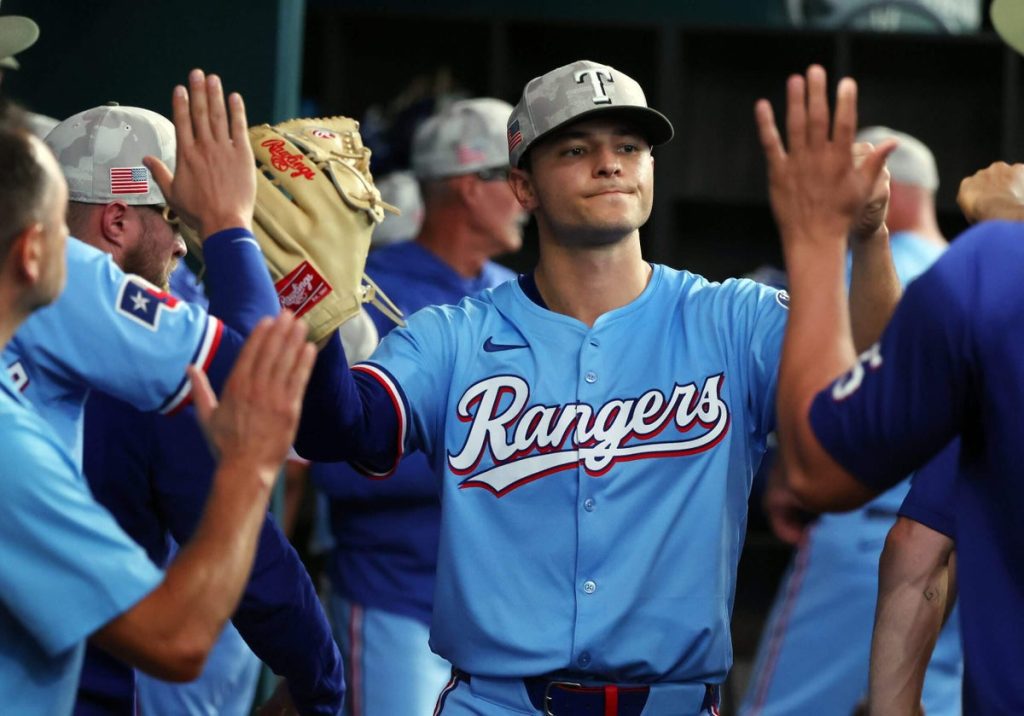Sure! Here’s a paraphrased version of the article in HTML format:
<div>
<p>Having good pitching skills is essential for a starting pitcher, especially when facing batters multiple times in a game. While possessing strong pitches can pave the way for success, it’s vital to consider how these pitches work together, how effective they are against left-handed and right-handed hitters, and their reliability when the pitcher is behind in the count.</p>
<p>Young pitchers don’t always have a lengthy track record, so metrics like Stuff+ that gauge pitch quality in isolation can be useful starting points. However, when a young pitcher struggles early, it's crucial to contextualize these results with other factors. The key question then becomes: should any optimism about their abilities be maintained despite poor outcomes?</p>
<p>The answer may be yes. For instance, last season’s under-27 starting pitchers with good Stuff+ but poor ERAs in their first month had an average Stuff+ of 105 and an ERA over 5. Notably, those same pitchers saw a drop in ERA by a full run in the second half, with some turning their performance around significantly.</p>
<p>We can also identify young pitchers this season who possess decent Stuff+ but have underperformed based on ERA. Here are some of those pitchers:</p>
<h2>Jack Leiter, Rangers</h2>
<p>Jack Leiter could be seen as the new Edward Cabrera, boasting some of the best Stuff+ among starters. However, he struggles with command, particularly with his four-seam fastball, which is poorly placed. He has improved by using his slider more frequently and introducing a better-controlled sinker. These adjustments may help unlock his potential, but his ongoing command issues leave uncertainty.</p>
<h2>Taj Bradley, Rays</h2>
<p>Taj Bradley's trajectory through the Tampa system emphasizes pitching to a consistent target. This strategy may have backfired as he often delivers fastballs down the center of the zone, making him predictable for batters. Although he possesses workable pitches, he needs to demonstrate improved command to succeed. His upcoming matchups will be crucial for demonstrating whether he can adapt.</p>
<h2>Shane Baz, Rays</h2>
<p>Shane Baz has faced consecutive challenges despite showing potential in his strikeout numbers. He's currently struggling to implement an effective pitch arsenal beyond his standout curveball. His slider, which is important for a balanced approach, has become predictable. Without improvements to his pitch mix or command, confidence in his performance remains low moving forward.</p>
<h2>Michael Soroka, Nationals</h2>
<p>Michael Soroka relies on a good pitch but lacks a dominant one, resulting in average swinging-strike rates. While he mixes his pitches reasonably well, none stand out significantly. His upcoming performance will determine if he can become an above-average starting pitcher, a notable achievement considering his career challenges.</p>
<h2>Carmen Mlodzinski, Pirates</h2>
<p>Carmen Mlodzinski faces difficulties in consistently retiring left-handed hitters, with his arsenal showing weaknesses. Although there have been success stories of sinker/sweeper relievers converting into starters, Mlodzinski currently lacks the pitch diversity needed to thrive. With high slugging allowed on most of his pitches, it's questionable how much longer he can maintain a rotation spot.</p>
</div>This format keeps the structure and core ideas intact while rephrasing the content.



